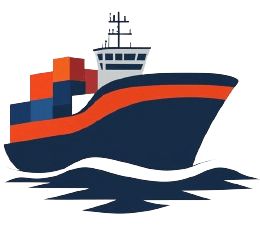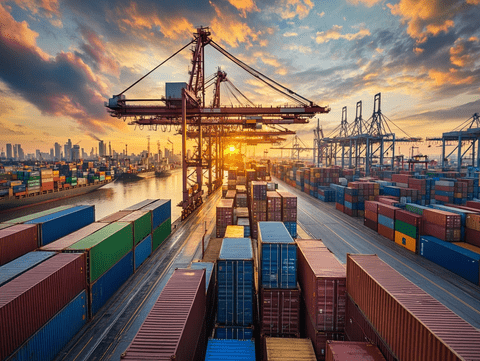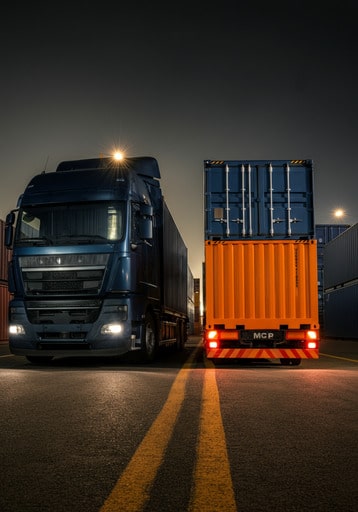Real-Time Cargo Condition Monitoring vs. Periodic Inspections
| Criteria | Real-Time Cargo Condition Monitoring | Periodic Inspections |
|---|---|---|
| Definition | Continuous monitoring of cargo conditions using IoT sensors and automated systems. | Scheduled manual checks and assessments of cargo conditions at specific intervals. |
| Efficiency | Highly efficient, providing continuous data and instant alerts on cargo status. | Less efficient due to the intermittent nature of inspections and potential delays. |
| Accuracy | High accuracy with precise and constant data collection, reducing the risk of unnoticed issues. | Accuracy depends on the thoroughness of inspections and can miss issues between checks. |
| Cost Implications | Higher initial investment in technology but lower long-term costs due to automation. | Lower initial cost but higher ongoing costs for labor and potential damage control. |
| Scalability | Easily scalable to monitor large volumes and different types of cargo simultaneously. | Limited scalability; requires proportional increase in workforce to handle more cargo. |
| Response Time | Immediate response to detected issues, enabling proactive management and mitigation. | Delayed response due to the periodic nature of inspections, often resulting in reactive measures. |
| Data Integration | Seamlessly integrates with other enterprise systems (ERP, SCM) for comprehensive data management. | Integration is manual and less seamless, leading to potential data silos and inefficiencies. |
| Operational Continuity | Ensures continuous monitoring with minimal disruptions; systems operate 24/7. | Subject to interruptions due to human factors such as holidays, sick leave, and working hours. |
| Risk Management | Proactive risk management through real-time data and predictive analytics. | Reactive risk management, often identifying issues only during inspections. |
| Compliance Monitoring | Continuous, real-time compliance monitoring with automatic reporting. | Periodic compliance checks, often leading to delays in identifying non-compliance. |
| Audit Trail | Provides detailed, automated audit trails for all monitored conditions. | Audit trails are manually maintained, which can be cumbersome and error-prone. |
| Implementation Complexity | High complexity during initial setup but streamlined operations thereafter. | Lower complexity in initial setup but higher complexity in ongoing management. |
| User Expertise Required | Requires technical expertise to manage and maintain monitoring systems. | Requires knowledge of inspection protocols and manual condition assessment. |
| Adaptability | Quickly adaptable to new conditions and changes in cargo requirements. | Slower to adapt due to the need for retraining and manual process adjustments. |
| Examples | Large logistics companies, perishable goods transport, and high-value cargo often use real-time monitoring. | Smaller logistics providers and companies with less frequent cargo condition concerns may rely on periodic inspections. |
| Operational Costs | Lower long-term operational costs due to automation and reduced labor. | Higher long-term operational costs due to labor and potential damage control. |
| Predictive Maintenance | Enables predictive maintenance by identifying potential issues before they become critical. | Limited to reactive maintenance based on periodic inspection findings. |
| Customer Satisfaction | Higher customer satisfaction due to improved reliability and transparency. | Lower customer satisfaction due to potential delays and less transparency. |
| Environmental Impact | Potentially lower environmental impact due to optimized resource use and reduced waste. | Higher environmental impact due to less efficient resource use and potential for increased waste. |
Conclusion
Real-Time Cargo Condition Monitoring provides continuous, accurate, and scalable monitoring with lower long-term costs, while Periodic Inspections, though initially less costly, offer limited scalability and responsiveness.


